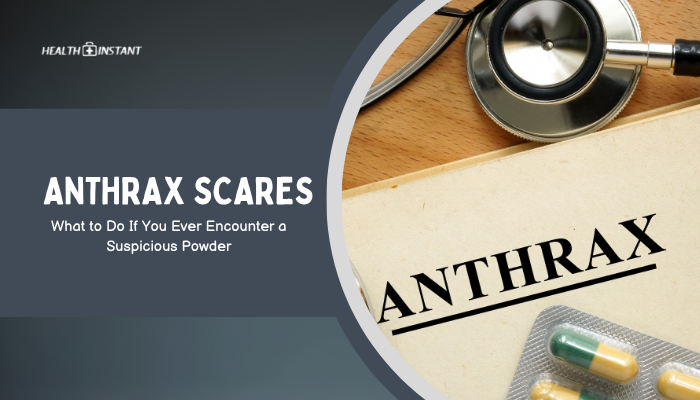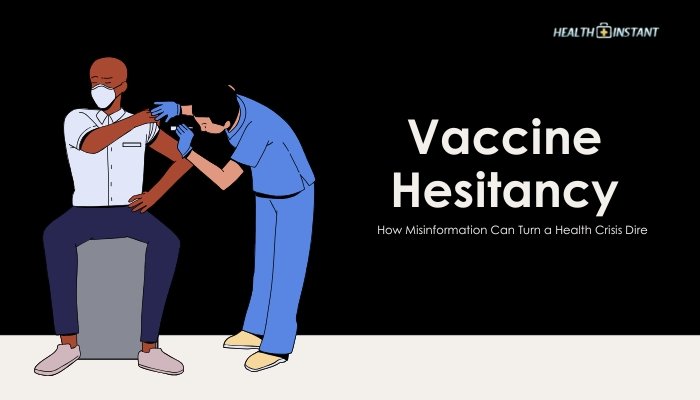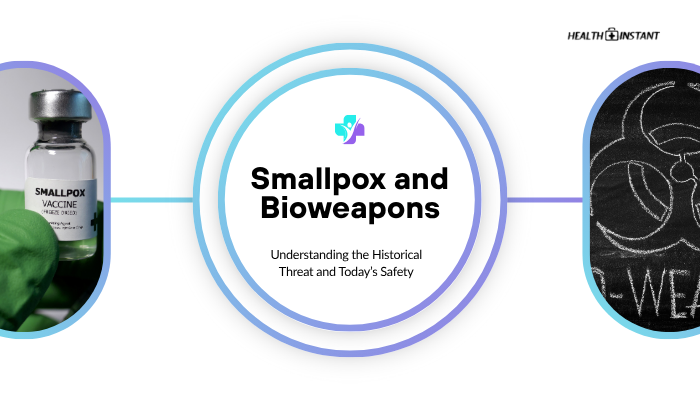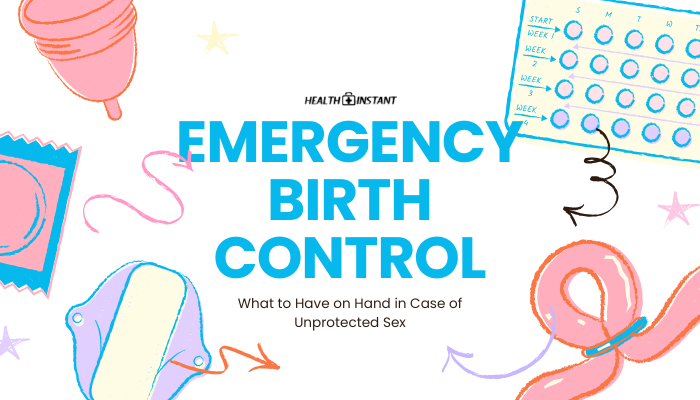Introduction
While anthrax, a bacterial infection, primarily infects livestock and, less commonly, humans who handle animal products, deliberate attempts to use anthrax spores as a weapon have sparked public fear in the past. Receiving mail or packages with suspicious powders—often white or off-color powders—can be alarming.
Understanding how to respond promptly and sensibly reduces the risk of possible infection and helps authorities contain any real threat. This guide outlines the best practices if you ever encounter a powder that could be anthrax or another hazardous substance.
What Is Anthrax?
Anthrax is an infection caused by the bacterium Bacillus anthracis. It exists in spore form, which can remain dormant for extended periods. Types of anthrax infection include:
- Cutaneous (Skin): Enters through skin cuts.
- Inhalational: Spores are inhaled, causing severe respiratory problems.
- Gastrointestinal: Consumed through tainted food.
Anthrax spores in an envelope or suspicious powder form pose a risk of inhalation anthrax if disturbed or aerosolized.
Why Suspicious Powders Raise Concern
- Potential Bioterror Use: Anthrax spores can be weaponized in envelopes or packages.
- Invisibly Dangerous: Spores are tiny, odorless, and can spread through minor contact if not handled carefully.
- Psychological Impact: Even hoax threats can cause widespread panic and disruptions.
While most suspicious packages turn out to be harmless (like spilled household powders or hoaxes), it’s essential to handle them seriously.
Immediate Steps: Handling Suspicious Substances
- Don’t Touch or Smell
- If you notice powder leaking from mail or packages, avoid further contact.
- If you notice powder leaking from mail or packages, avoid further contact.
- Isolate the Item
- Gently place it in a clear plastic bag or cover it with a container if possible, without agitating the contents.
- Gently place it in a clear plastic bag or cover it with a container if possible, without agitating the contents.
- Wash Hands Thoroughly
- Use soap and warm water, or sanitizer if no sink is available.
- Use soap and warm water, or sanitizer if no sink is available.
- Turn Off Air Circulation
- Close any fans or HVAC systems that might spread particles.
- Close any fans or HVAC systems that might spread particles.
- Vacate and Close Off the Area
- Leave the room, restricting others from entering until authorities advise it’s safe.
Warning Signs of Anthrax Exposure
- Skin Lesions: Painless ulcer with a black center (cutaneous anthrax).
- Respiratory Symptoms: Flu-like signs—fatigue, shortness of breath, chest discomfort—progressing quickly to severe pneumonia-like illness.
- Fever and Chills: Can escalate if inhalational anthrax spores are inhaled.
Any unusual powder exposure with subsequent flu-like or respiratory signs demands immediate medical attention.
Decontamination and Cleanup
- Notify Authorities
- Local law enforcement or emergency services will coordinate with hazmat teams.
- Local law enforcement or emergency services will coordinate with hazmat teams.
- Professional Handling
- Hazmat specialists may test the substance.
- Hazmat specialists may test the substance.
- Personal Decontamination
- Remove clothing potentially exposed. Seal items in a plastic bag.
- Shower with soap and water, but do not scrub harshly—just standard washing.
- Remove clothing potentially exposed. Seal items in a plastic bag.
Working with Authorities and Medical Help
- Call Emergency Services
- Police or fire departments typically lead the initial investigation.
- Police or fire departments typically lead the initial investigation.
- Follow Their Instructions
- They’ll inform you whether medical screening or prophylactic antibiotics are necessary.
- They’ll inform you whether medical screening or prophylactic antibiotics are necessary.
- Seek Medical Care if Advised
- Post-exposure antibiotic regimens (like doxycycline or ciprofloxacin) may be prescribed to prevent anthrax infection.
Preventive Measures and Awareness
- Employee Training
- Offices and mailrooms should instruct staff on recognizing suspicious packages.
- Offices and mailrooms should instruct staff on recognizing suspicious packages.
- Safety Protocols
- Encourage wearing gloves if frequently handling unfamiliar mail, especially in high-profile or at-risk facilities.
- Encourage wearing gloves if frequently handling unfamiliar mail, especially in high-profile or at-risk facilities.
- Report Suspicious Activity
- Let local law enforcement know if you suspect malicious materials or observe unusual handling instructions.
Conclusion
The odds of encountering real anthrax in everyday mail remain low, but it’s wise to treat unknown powders with caution to avoid serious health risks. By recognizing suspicious mail, isolating items promptly, contacting authorities, and following recommended decontamination steps, you help safeguard yourself and others. If there’s any sign you or someone else might have inhaled or touched a dangerous substance, consult medical professionals for early evaluation. Proper training and vigilance ensure that real threats are contained swiftly, while false alarms cause minimal disruption.
References
- Centers for Disease Control and Prevention (CDC). (2021). Anthrax: Guidance for emergency and response workers.
- Federal Bureau of Investigation (FBI). (2019). Suspicious mail guidelines.
- U.S. Postal Service. (2020). Best practices for mail handling to prevent contamination.
- World Health Organization (WHO). (2018). Anthrax in humans and animals: risk management.
Disclaimer: This information is for general guidance. Always follow local laws, official health advisories, and professional recommendations for dealing with suspicious substances.






